ikfoundation.org
Promoting Natural & Cultural History
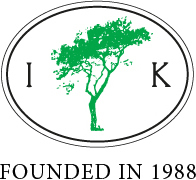




“
The mountains appear to be shaped like a prism
andstand in a long line, parallel to one another,
between which are snow-filled valleys.
”
SPITSBERGEN 25th of June 1758. ANTON ROLANDSSON MARTIN

INDEX
VOYAGE
VOYAGE DETAILS
VOYAGE I (2016)
VOYAGE II (2017)
VOYAGE III (2018)
VOYAGE IV (2019)
VOYAGE V (2020)
VOYAGE IV:B | FIELDWORK INFORMATION | September, 2019
This year’s second expedition (VOYAGE IV:B) was carried out in September 2019 with initial fieldwork consisting of concentrated multidisciplinary surveys of the Forlandsøyane and the West coast of Forlandsletta on Spitsbergen. The main tasks were to collect data and start to dismantle the temporary micro FIELD STATION | NATURAE OBSERVATIO | MARTIN’S EYE. Documentation and collecting of data has been made by the autonomous Field Station during a period between May to September. Follow-up fieldwork and the final decommissioning, including dismantling of the station and to bring back the square meter – used by the Field Station – to this truly wild spot; which will be made in Winter/Spring 2020 (Voyage V).The project uses the ice-strengthened ship M/S Origo as a platform for all of the expedition participants, transport, fieldwork and communication. Field documentation at Forlandsøyane | Prins Karls Forland (pictures, artwork, sound and text) of the coastal area, particularly research area A-B, for reference studies of Anton Rolandsson Martin’s visit in the area in 1758. Coastal survey by field scientists onsite and via the Field Station at a distance will put into effect projects/ fieldwork in the following branches of knowledge: fauna, flora, astronomy, meteorology and biosphere.
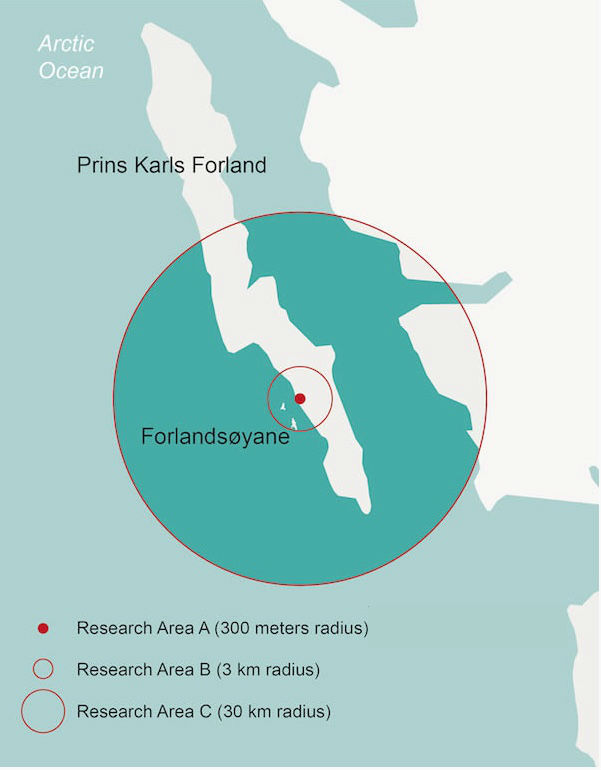
- LONGYEARBYEN:
Assembly/preparation for the fieldwork, meetings with regional institutions and embarking on the expedition ship M/S Origo. - SKANSBUKTA:
Testing of field equipment and personal resources. - FORLANDSØYANE | PRINS KARLS FORLAND (West):
Field documentation (pictures, artwork and text) of the coastal area, research area A-B, for reference studies of Anton Rolandsson Martin’s visit in the area 1758. Update and service/maintenance of the temporary autonomous micro FIELD STATION | NATURAE OBSERVATIO | MARTIN’S EYE. Coastal survey by field scientists on site and via the Field Station at a distance, will put into effect projects/ fieldwork in the following branches of knowledge: Fauna, flora, astronomy, geology, meteorology and biosphere. - FORLANDSUNDET | PRINS KARLS FORLAND (East):
Night/anchorage and protection for poor weather conditions. Field documentation (pictures, artwork and text) of the east coast of Forlandsundet (research area C). - HAKLUYTODDEN:
Tracking historical data from Martens to Martin to the present. Ship based. Field documentation (pictures, artwork and text). This part of the voyage will only be activated if the weather conditions in the area around Forlandsøyane do not allow field work in the area. - LONGYEARBYEN:
Field documentation (pictures, artwork and text) of the coastal area. Return to base.
INITIAL FIELD REPORTS | VOYAGE IV:B 2019
THE PROCESS TO DISMANTLE THE AUTONOMOUS FIELD STATION ON SPITSBERGEN
Background
In May 2019 (VOYAGE IV:A), The IK Foundation successfully installed the temporary micro FIELD STATION | NATURAE OBSERVATIO | MARTIN'S EYE on the west coast of Prins Karls Forland positioned at a short distance from the coastline along the west side of the majestic Forlandsletta, on a smaller height circa 5 meters above sea level. This location has unrestricted visibility in all directions giving simultaneously a good overview of the close-by and the distant landscape – an ideal position to observe Forlandsøyane, the coastal and mountainous areas and Forlandsletta in an easterly direction.
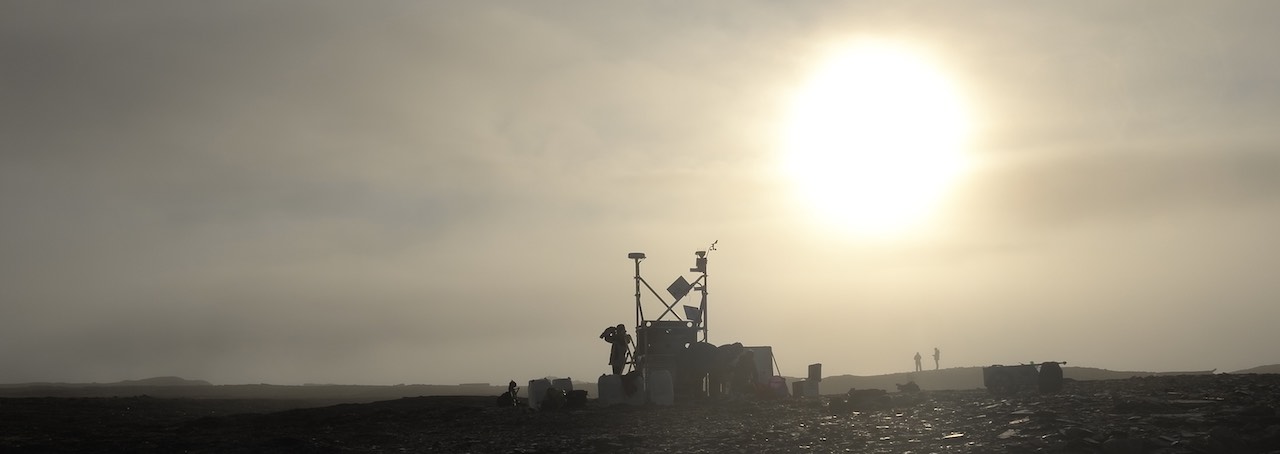
The Field station a hazy September day. PHOTO: Lars Hansen | Bridge Builder Expeditions Spitsbergen, VOYAGE IV:B, 2019.
The scientific mission of the project has been to use the Field station to carry out entirely automated observations of the local biosphere. The Field station was set up to make the following photo documentation via digital photography, all round the clock: Camera 1 in a westerly direction (every 15 minutes): Forlandsøyane and its bird life as well as biosphere, coastline, sea and sky. Camera 2 in a northerly direction (every 60 minutes): the lagoon with sandy beach and its wildlife, biosphere, coastline, sea and sky. Four Trap Cameras aiming to observe the closeup area around the field station. Sound recording, in particular bird calls and song, recorded in 360 degrees every 15 minutes all round the clock. Weather Station measuring; temperature, humidity, atmospheric pressure, rain, solar radiation, evapotranspiration, UV index, wind speed and wind direction.
The Work
Unlike our latest visit in May, the weather in late September was much harsher at sea as well as on land. Extensive rolling waves made transports between the expedition ship M/S Origo and land difficult to carry out and sometimes not even possible. Even worse, fog banks made it impossible to navigate the Zodiac in the coastal waters. On land, the fog made it hard to secure the work area around the Field station, for observation of wandering polar bears. All in all, this for the area quite normal autumn weather, made the planned work effort more unpredictable and from some perspectives not entirely possible
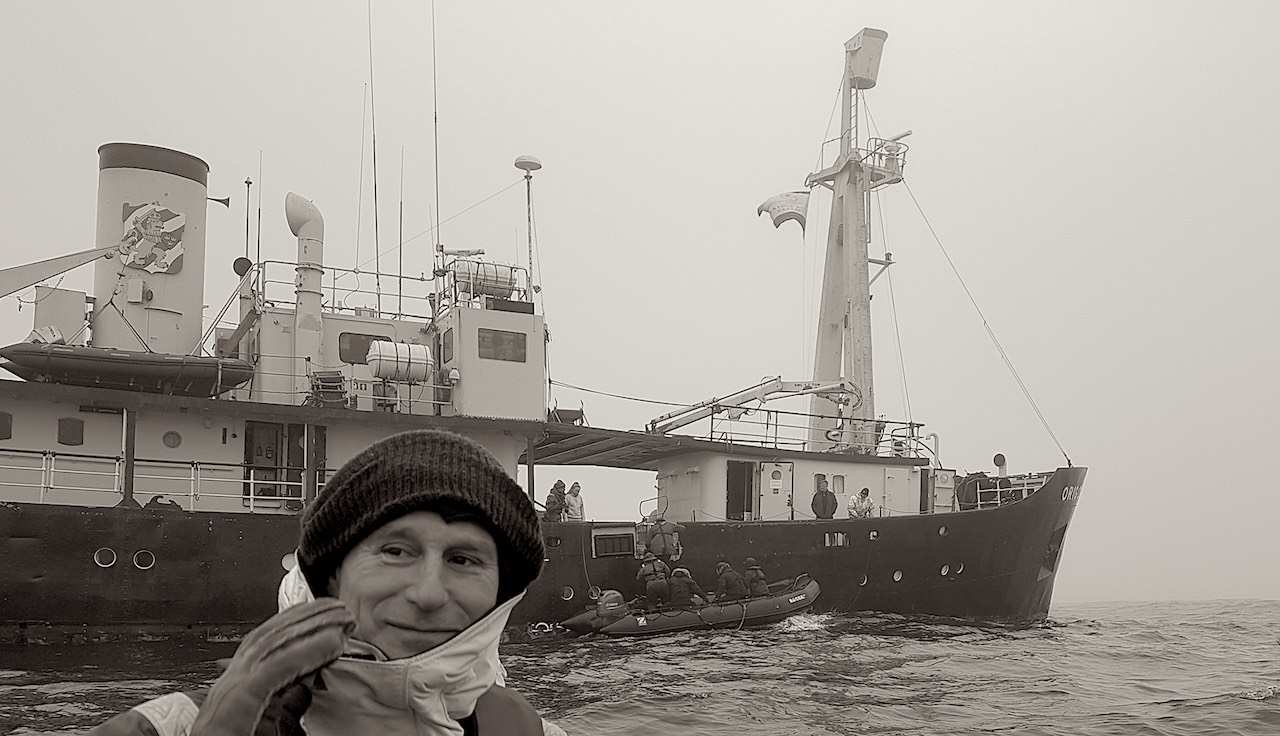
Transport of people and equipment between expedition ship and Zodiac. PHOTO: Måns Bergendal | Bridge Builder Expeditions Spitsbergen, VOYAGE IV:B, 2019.
to implement. The combination of shorter days and transport to a safer night anchorage location many hours away, the work at the Field station had to be concentrated on preparing for the final dismantling of the station and emptying it of data and securing it for a winter mode and the complete upcoming dismantling from the site.
Preliminary results
Although the Field station on some occasions during the summer has been visited by polar bears who bit and pulled the station's cable protections, pushed some cameras and buckled into a ventilation hood, the station's operation has stayed largely intact and is still able to provide unique, valuable and massive amounts of data. This is primarily due to its autonomous eco-design and internal memory devices – on the local biosphere in the form of tens of thousands of pictures, sound files and weather data.
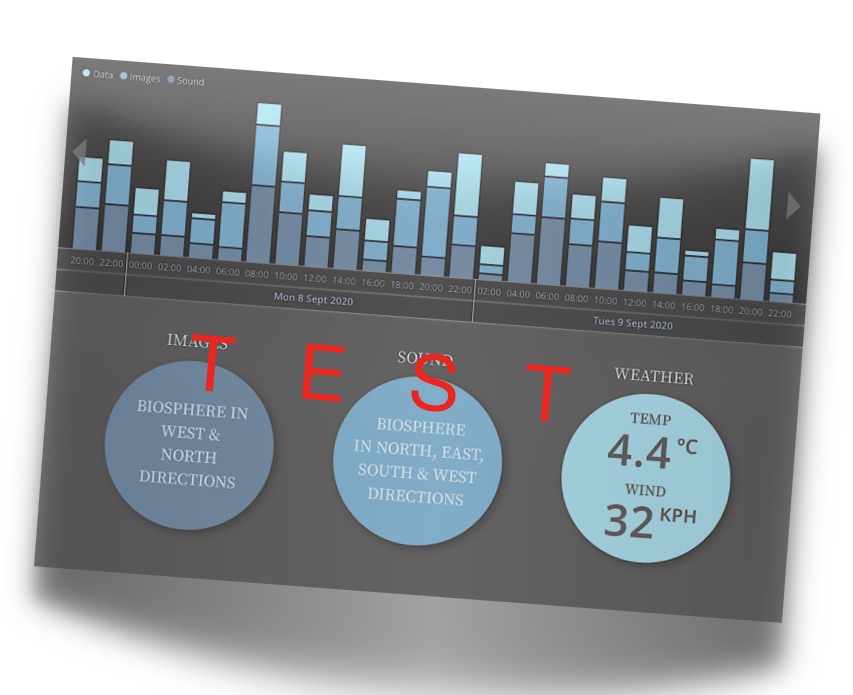
All data will be searchable in a synchronised system. Expected to be open for use from December 2019.
In the autumn of 2019, all data will be freely available at the dedicated site Field Station | Naturae Observatio. In 2020, the first analyses of all data will be completed from research projects around the world which are linked to the Field Station.
Lars Hansen
THE FIELD ARTIST’S INITIAL REPORT
Like during the previous journeys in this project, BRIDGE BUILDER EXPEDITIONS – Spitsbergen, VOYAGE IV:B was documented within the domains of both arts and science.
Documentation started in the morning of September 21st, which is well before the departure of M/S Origo on September 23rd at 16.30. Plant and animal life in the vicinity of Longyearbyen were covered as well as geological formations in the Longyear valley. These were rendered in watercolour despite unfavourable conditions such as temperatures below the freezing point.
The beginning of the actual expedition experienced poor visibility. Foggy seascapes were painted on our journey from Longyearbyen to Prins Karls Forland. Once there, these conditions favoured motifs at short distance. Those were generously covered and include details in the immediate vicinity of the FIELD STATION | NATURAE OBSERVATIO | MARTIN’S EYE such as reindeer droppings, driftwood and a long-abandoned fox trap.
The shoreline of Levin hamna was documented in watercolour to complement photos and measures taken by Viveka Hansen and Måns Bergendal. This study aimed to facilitate calculating distances and latitudes from the photos taken by the Field station.
Field artist Måns Bergendal | PHOTO: The IK Foundation/Estvall | Bridge Builder Expeditions Spitsbergen, VOYAGE IV:B | Click here for more Pictures
Visibility improved towards the end of the journey, which made it possible to draw coast profiles of Prins Karls Forland, Oscar II Land and Nordenskiöld Land. These sketches were principally made with a soft pencil in order to maximise speed and emulate the working conditions underlying historical mapping. The commander’s bridge served as an atelier during these sessions.
At the end of the expedition, in the evening of September 27th, the artist work was exhibited on a mess hall table and thereafter handed over to the expedition leader.
Måns Bergendal
THE FIELD COMPOSER’S REPORT
The composition element of my trip into the Arctic circle spanned over the six days at sea. I wrote three pieces based on three different events, which happened during the voyage.
The first piece "Fog" was written after we had first landed on the shore in the fog with the ever present bear danger. The piece is solo piano and evokes feelings of isolation, mystique, excitement and fear.
The second piece "Linnaeus Apostles" was born from a conversation with Viveka and some study with her on musical references in the Linnaeus Apostles’ book series. Within the books there was a melody which I thought would work well within a piece of modern music. I started composing whilst Jeff and Tom were battling to get one of the cameras working (and failing unfortunately).
The piece is very mournful, sad with a serious peaceful feel, the sort of feeling Jeff and Tom felt when they were coming to terms with the unfortunate truth that their camera was never going to work!
The final piece "Voyage Back" came out of a conversation I had with Lars H and Mikael (the hunter) about the Sami traditional singing style called "Joik". I ended up singing a Joik into my iPhone and then emailing myself the file to use on the computer recording. The piece was the last one I wrote as we had completed our mission and were heading back to harbour.
It celebrates the excitement of adventure reinforced by the emotion of arriving home safely.
Will Clemens
COASTAL PROCESSES
The data in form of regularly uploaded pictures, weather and sound observed from the autonomous FIELD STATION | NATURAE OBSERVATIO | MARTIN’S EYE on Prins Karls Forland, provide a unique opportunity to follow the evolution of a beach system over the course of a season or longer. Based on the images from the cameras it will be possible to analyse coastal processes by observing the sediments and landforms at and close to the beach and how (if) they change with time. For example, the appearance and shape of the beach and berm (height, slope, sediment distribution) and connecting any changes over time to weather and sea-level variations (snow melt, storms, etc.). Observations of modern coastal processes in western Svalbard are interesting in light of ongoing relative sea-level and climate changes, and ties to recent and ongoing mapping efforts of coastal areas on Svalbard carried out by UNIS and NGU.

Collage. PHOTO: The Field Station | Naturae Observatio | Martin’s Eye: The IK Foundation.
To be able to better describe visible features and to quantify any changes, an absolute scale is needed. A request for measurement of some distinct features visible in the images was therefore submitted, along with a request for a sediment sample. Based on the known size of a few features in different parts of the image, it will be possible to estimate the size also of other features in the photo. A sediment sample from the beach would additionally allow an accurate determination of grain size, grain shape and other sedimentological properties that in turn could provide information on wave energy level at the beach, sediment sources etc. Both requests were approved and measurements and sampling were carried out by Viveka Hansen and Måns Bergendal during the visit in September 2019. The plan is now that during winter/spring together with a student study a series of selected photos and available meteorological data, as well as analyse the collected sediment.
Helena Alexanderson
Department of Geology, Lund University, Lund, Sweden &
Department of Geosciences, UiT the Arctic University of Norway, Tromsø, Norway
THE PARTICIPANTS
EXPEDITION PARTICIPANTS
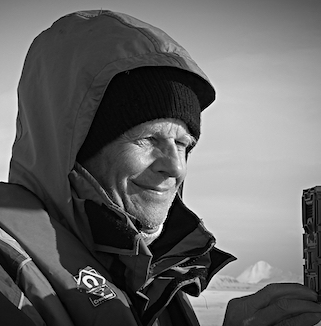
Arne Ardeberg
- (b.) 1940
- DUTY: Participant, researcher.
- AIM: Monitoring of Aurora Developments. Studies of Noctilucent Clouds. Recording of Meteors. Coordination of Science Projects and Technical Installations.
- POST: Professor emeritus in Astrophysics, Lund University, Sweden. Member of Royal Swedish Academy of Sciences, Royal Physiographic Society, Royal Society of Sciences, Chair of Crafoord Prize Committee in Astronomy and LMK-stiftelsen, Foundation for Interdisciplinary Scientific Research.
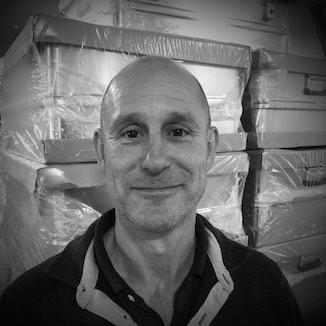
Lars Buxbom
- (b.) 1966
- DUTY: Participant, Field Assistant/Technician | Polar bear safety.
- AIM: My Aim is to assist with documentation and maintenance of the Field Station and at the same time to help with safety. I hope that my skills in trouble-shooting can be useful during the field survey. It will be a great opportunity to participate on a voyage in the waters of Svalbard.
- POST: Electrical engineer, Roskilde, Denmark.
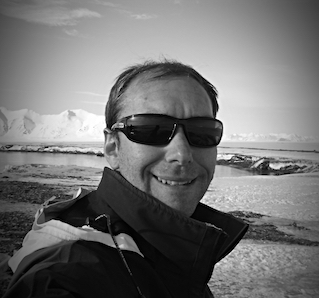
Tom Chicken
- (b.) 1983
- DUTY: Participant. Install and Commission fuel cell power system.
- AIM: To establish a reliable power supply for the Field Station.
- POST: Field Assistant/Technician (CTO), Hungerford, England.
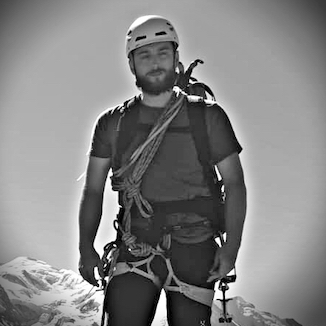
Will Clemens
- (b.) 1984
- DUTY: Participant, field assistant, Composer
- AIM: Convey the importance of conservation of the wilderness through the medium of music by composing a piece of music to commemorate the expedition.
- POST: Composer, London, England.
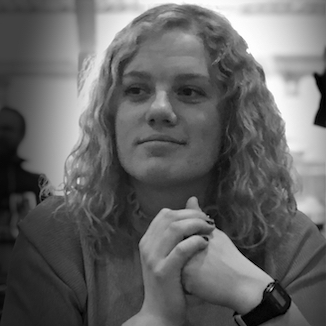
Beate Flak
- (b.) 1994
- DUTY: Participant, field assistant | Polar bear safety
- AIM: This is a great opportunity to visit Forlandet and to be part of such an interesting project. Will make sure that the personnel can work in a safe environment and assist where it’s needed.
- POST: Maintenance coordinator at Longyearbyen Power Plant, Svalbard.
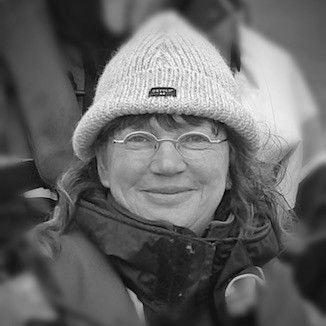
Viveka Hansen
- (b.) 1962
- DUTY: Participant, field assistant, researcher.
- AIM: My aim is to get an increased understanding for natural history travels via the Arctic seafaring routes along the west coast of Spitsbergen – emphasising on practical aspects of personal belongings, 1750s to 1820s.
- POST: Textile Historian. The IK Foundation, London, England.
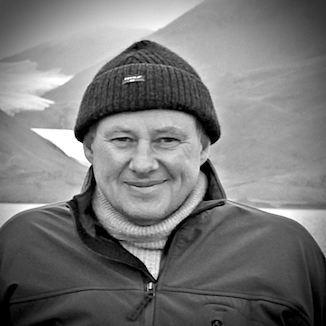
Lars Hansen
- (b.) 1960
- DUTY: Expedition leader, researcher.
- AIM: To strengthen our insight of the fieldwork that the so-called Linnaeus Apostles started almost three centuries ago. To understand Natural and Cultural History of Planet Earth – and hopefully building "new bridges of proficiency" between the past, present and future!
- POST: Head at The IK Foundation, FRGS, London, England.
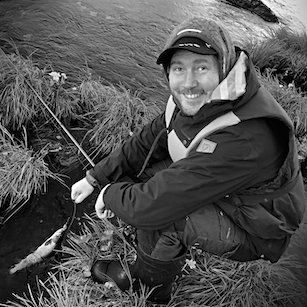
Mikael Johansson
- (b.) 1987
- DUTY: Participant, field assistant | Polar bear safety
- AIM: Ensure the safety of the participants working on the field station. Will also be interesting to work with a team consisting of people from different schools of life in a unique environment.
- POST: Ship Agency Manager at Pole Position Logistics in Longyearbyen, Svalbard.
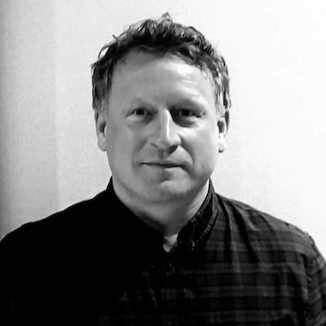
Erlend Nilsen
- (b.) 1972
- DUTY: Participant, field assistant
- AIM: Optimise the satcom connectivity. Participation gives this unique opportunity to experience and observe arctic nature and wildlife up close.
- POST: Director of sales, IEC-telecom, Oslo, Norway.
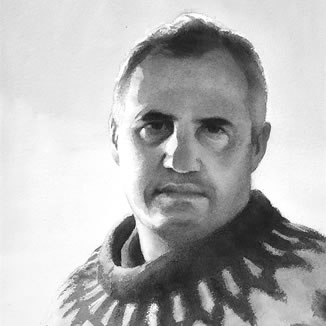
Måns Bergendal
- (b.) 1964
- DUTY: Participant, field artist.
- AIM: I want to convey what I see with immediacy and simplicity to make the viewer feel present on the Arctic scene. Watercolor is the most portable medium and an excellent one for this purpose.
- POST: Watercolour artist, illustrator and instructor, Röstånga, Sweden.
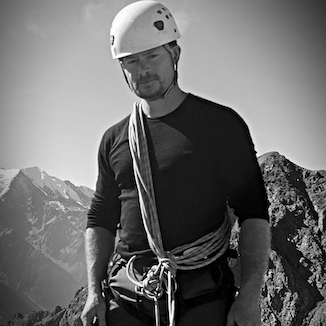
Jeff Snoxell
- (b.) 1971
- DUTY: Participant, technical expert, webmaster.
- AIM: Ensure the Field Station components are correctly configured, connected and fully operational. Very interested in gaining more knowledge about one of our last wild places on planet Earth.
- POST: Hardware and software specialist, Robin Hoods Bay, England.
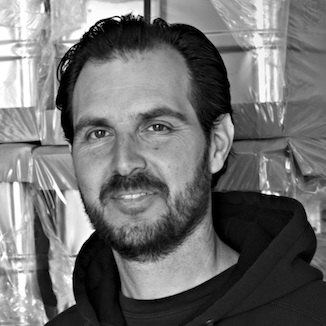
Søren Wiberg
- (b.) 1972
- DUTY: Participant. Field assistant/Technician
- AIM: My essential contribution to the expedition is to design and build the field station, but also serve for safety and assistance to the other members. By taking part in the expedition to Svalbard, my hope is to get a better understanding for the human impact on these remote areas, and to be a part of the history of the Linnaeus Apostles’ fieldwork.
- POST: Forestry and Landscape engineer, founder and owner of the family company AluBox, Denmark.
EXPEDITION SHIP CREW
- Master, Emil Heijel
- Chief Officer, Jonas Nilsson
- Deck Cadet, Viktoria Weckfors
- AB, Edvin Adolfsson
- AB, Mathias Wahlén
- Chief Engineer, Daniel Persson
- Chef, Ulf Zackrisson
- Stewardess, Josefin Andrée
- Steward, Ella Sundsjö
EXPEDITION BACK BASE
- Art & Digital work: Graham Scott
- Controller: Jennie Asher
- Maritime lawyer: Bo Benell
- The Reception Desk: Leo Ryder
EXPEDITION PATRONS
- LMK-stiftelsen, Foundation for Interdisciplinary Scientific Research
- The IK Foundation
iPROJECTS
iPROJECTS
In The IK Foundation and The IK Workshop Society there are continually ongoing comprehensive projects, each having different character and format. In iPROJECTS the current works and ideas are presented - Expeditions, Fieldwork, Research, Presentation in progress, and much more... For regular updates, and to make full use of iLINNAEUS' possibilities, we recommend fellowship by subscribing to our monthly newsletter iMESSENGER.
NAME OF PROJECT
- (Main title) The Linnaeus Apostles BRIDGE BUILDER EXPEDITIONS To Understand Planet Earth
- (Subtitle) BRIDGE BUILDER EXPEDITIONS - Spitsbergen (Svalbard)
- FIELD STATION | NATURAE OBSERVATIO | MARTIN’S EYE
GEOGRAPHICAL SCOPE
- Spitsbergen, Svalbard; in the agreement of the international Spitsbergen treaty (Svalbard treaty)
SUBJECTS
- Geography
- 18th century Studies'
- Cultural History
- History of Science
- Natural History
- Economic History
- Field Notes, Arts and Photography
- Field station, long-term observations
- Ecology
INSTITUTIONAL RESOURCES
- The IK Foundation, London, United Kingdom
- Natural History Museum University of Stockholm, Sweden
- Grenna Museum Polarcenter, Sweden
- University of Gothenburg, Sweden
- The Norwegian Meteorological Institute, Norway
- Lund university, Sweden
- The Royal Geographical Society (with IBG), United Kingdom
- The Swedish Academy, Sweden
- Stockholm university, Sweden
- University of Tromsø, Norway
- INTERACT | International Network for Terrestrial Research and Monitoring in the Arctic, EU
- GBIF | Global Biodiversity Information Facility, Norway & United Kingdom
- Natural History Museum University of Oslo, Norway
- Department of Biology, Lund University, Sweden
- Lund Observatory, Department of Astronomy and Theoretical Physics, Lund University, Sweden
- UNIS Aurora Observatory: The Kjell Henriksen Observatory (KHO), Svalbard.
PATRONAGE
This site/project
has been made globally available in collaboration with:
 Feel welcome to read more about how to take part...
Feel welcome to read more about how to take part...
 Feel welcome to read more about how to take part...
Feel welcome to read more about how to take part...
TIMELINE
- 2016: Expedition Voyage I: Field work, research, documentation and follow-up work.
- 2017: Expedition Voyage II: Field work, research, documentation and follow-up work.
- 2018: Expedition Voyage III: Field work, research, documentation and follow-up work.
- 2019: Expedition Voyage IV:A (May) and Voyage IV:B (September/October): Field work, research, documentation and follow-up work.
- 2020: Expedition Voyage V: Dismantling of the Field Station, documentation and follow-up / planning of publicise work.
- 2021: Research, follow-up work, Publicise work of Publication | Exhibition | Multimedia, with the title NATURAE OBSERVATIO SPITSBERGEN | SCIENCE EXPEDITIONS | TEXTS & OBSERVATIONS FROM THE PAST TO PRESENT TIME.
- 2023/24: International launch of the publicise work of Publication | Exhibition | Multimedia, with the title NATURAE OBSERVATIO SPITSBERGEN | SCIENCE EXPEDITIONS | TEXTS & OBSERVATIONS FROM THE PAST TO PRESENT TIME.
PUBLICISE
- iLINNAEUS.org
- Publicise work of Publication | Exhibition | Multimedia, with the title NATURAE OBSERVATIO SPITSBERGEN | SCIENCE EXPEDITIONS | TEXTS & OBSERVATIONS FROM THE PAST TO PRESENT TIME.
- Field Station | Naturae Observatio
- Expedition Picture Portfolio
- Expedition Video Portfolio
- Expedition Panoramic Portfolio
LINKS | FURTHER READING
- Research in Svalbard (RIS)
- RIS-ID 10275 (Bridge Builder Expeditions Spitsbergen)
- RIS-ID 11055 (Field Station Research Projects)
- The Norwegian Polar Institute's topographical Svalbard map portal
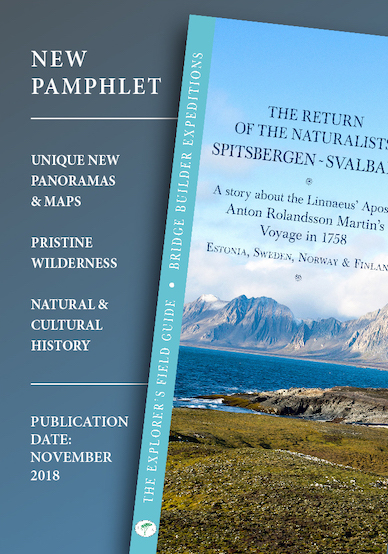
Updated/Checked 27/09/2023
THE IK FOUNDATION & COMPANY PROMOTING NATURAL & CULTURAL HISTORY
SUBSCRIBE TO OUR NEWSLETTER
TRANSLATE PAGE
A link to this page has
been copied to your clipboard
SHARE @been copied to your clipboard




© The IK Foundation & Company 2025
– a truly European organisation since 1988
– a truly European organisation since 1988
Legal issues | Forget me | and much more...
HOW TO CITE or MAKE CREDIT
It is free to use the information/knowledge in The IK Workshop Society so long as you follow a few rules.
 LEARN MORE
LEARN MORE
It is free to use the information/knowledge in The IK Workshop Society so long as you follow a few rules.
 LEARN MORE
LEARN MORE











